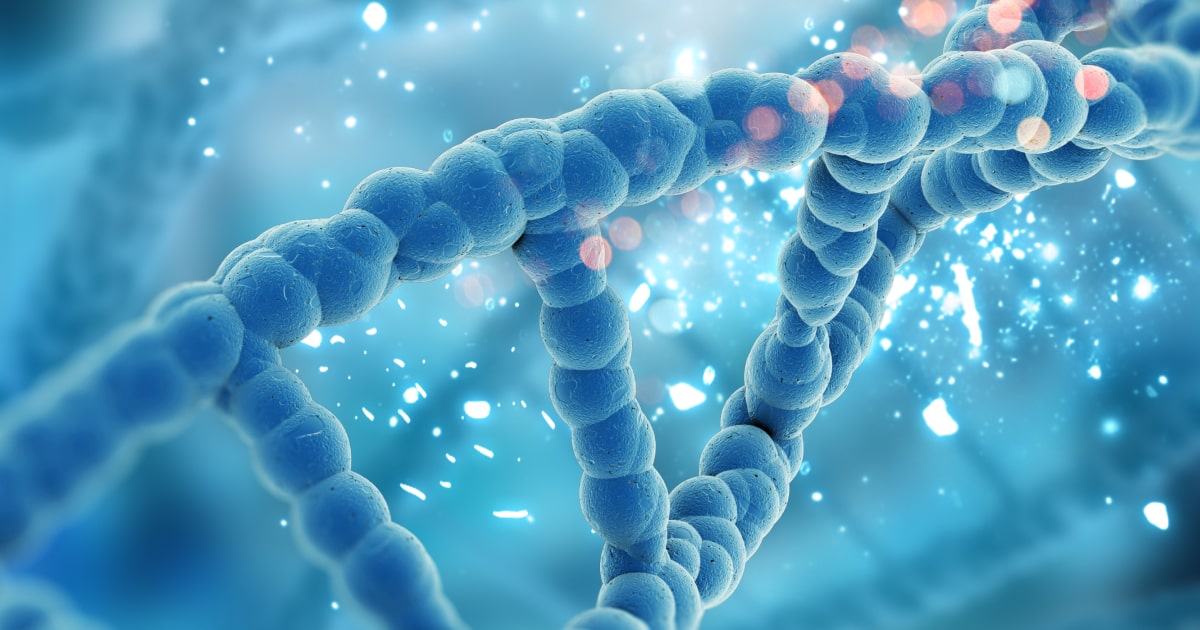
Expert Reviewed By: Dr. Brandon Colby MD
Severe lactic acidosis is a life-threatening condition that occurs when there is an excess of lactic acid in the blood. It can be caused by a variety of factors, including genetic disorders that affect the body's ability to produce energy. In this article, we will explore some of the genetic causes of severe lactic acidosis, the importance of early diagnosis, and how genetic testing can be a valuable tool in managing this complex disorder.
Genetic Causes of Severe Lactic Acidosis
There are several genetic disorders that can lead to severe lactic acidosis, including mitochondrial diseases. Mitochondria are the powerhouses of our cells, responsible for producing the energy our body needs to function. Genetic mutations affecting the mitochondria can lead to a variety of health issues, including severe lactic acidosis.
Leber Hereditary Optic Neuropathy (LHON)
Leber hereditary optic neuropathy (LHON) is a mitochondrial DNA disorder that causes severe visual loss in young adults. Although primarily affecting the optic nerve, LHON can also lead to severe lactic acidosis due to the impaired energy production in the mitochondria.
Myopathy, Lactic Acidosis, and Sideroblastic Anemia (MLASA) Syndrome
MLASA syndrome is another genetic disorder that can cause severe lactic acidosis. This condition is caused by defective mitochondrial tyrosyl aminoacylation, which results in impaired energy production. Early genetic diagnosis is crucial for providing appropriate counseling and supportive therapy to those affected by MLASA syndrome.
Multiple Mitochondrial Dysfunctions Syndrome
A homozygous missense mutation in BOLA3 has been identified as a cause of multiple mitochondrial dysfunctions syndrome. This genetic disorder can lead to severe lactic acidosis and highlights the importance of broad sequencing approaches for molecular diagnosis and discovering new disease loci.
Atypical Phenotypes due to NDUFV1 Mutations
NDUFV1 mutations can also lead to severe lactic acidosis, with atypical clinical presentations. A multidisciplinary approach is essential for correlating phenotypes, biochemical, radiological, and molecular diagnosis in mitochondrial diseases like those caused by NDUFV1 mutations.
Importance of Early Diagnosis and Genetic Testing
Early diagnosis of severe lactic acidosis is crucial, as it allows for prompt initiation of treatment and management strategies. Genetic testing plays a vital role in the early identification of genetic causes of severe lactic acidosis, enabling personalized care and support for affected individuals and their families.
Identifying the Underlying Genetic Cause
Genetic testing can help pinpoint the specific genetic mutation responsible for severe lactic acidosis, allowing for a more accurate diagnosis and better understanding of the disease process. This information can be invaluable in guiding treatment decisions and providing appropriate counseling to affected individuals and their families.
Guiding Treatment and Management Strategies
Once the genetic cause of severe lactic acidosis is identified, personalized treatment and management strategies can be developed. These may include dietary modifications, medications, and other supportive therapies tailored to the specific needs of the individual.
Family Planning and Counseling
Genetic testing can provide valuable information for family planning and counseling, as it can help determine the risk of passing the genetic mutation to future generations. This information can be crucial in making informed decisions about family planning and reproductive options.
Conclusion
Severe lactic acidosis is a complex and life-threatening condition, often caused by genetic mutations affecting the mitochondria. Early diagnosis and genetic testing are essential in understanding the underlying cause, guiding treatment and management strategies, and providing appropriate counseling and support to affected individuals and their families. As our knowledge of the genetic factors contributing to severe lactic acidosis continues to grow, so too will our ability to effectively diagnose, treat, and support those living with this challenging disorder.
About The Expert Reviewer
Dr. Brandon Colby MD is a US physician specializing in the personalized prevention of disease through the use of genomic technologies. He’s an expert in genetic testing, genetic analysis, and precision medicine. Dr. Colby is also the Founder of and the author of Outsmart Your Genes.
Dr. Colby holds an MD from the Mount Sinai School of Medicine, an MBA from Stanford University’s Graduate School of Business, and a degree in Genetics with Honors from the University of Michigan. He is an Affiliate Specialist of the American College of Medical Genetics and Genomics (ACMG), an Associate of the American College of Preventive Medicine (ACPM), and a member of the National Society of Genetic Counselors (NSGC)